Recently, people here started showing images taken with various versions of the famous Nikon 105mm. Because this lens has a very long running history, I would like to provide a very brief history of this lens using images.
First of all, the Nikon 105mm f/2.5 was made for Nikon's RF camera before Nikon announced Nikon F SLR in 1959. In what follows, I only show you the SLR versions. Here is the first version, which was announced and produced in 1959. This version is a Sonnar design, which is rather rare. This version is usually referred to as the "tickmark" version due to a tick below each focus distance marking. Also, there is a R marking showing the infrared focus mark. Moreover, the "nose", the front rim, is silver. This is version is very rare, some claiming the number in production was just a few hundreds.
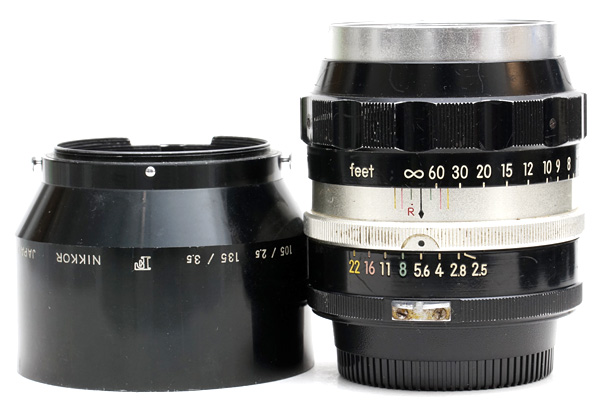
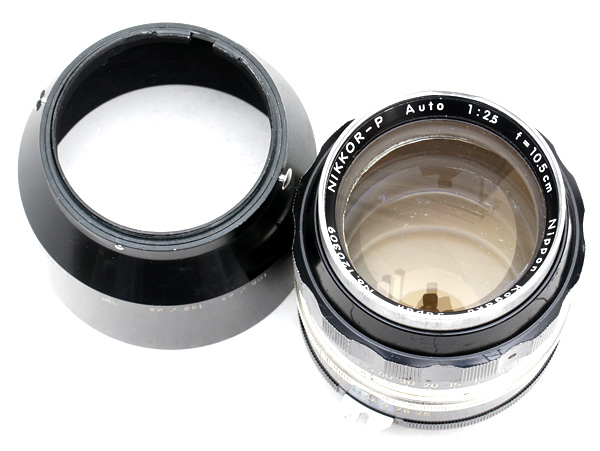
Then, Nikon made the following version 2 and withdrew the tickmark version. In this version, the ticks are gone. Some documents indicated that the serial number of this second version starts with 120102.
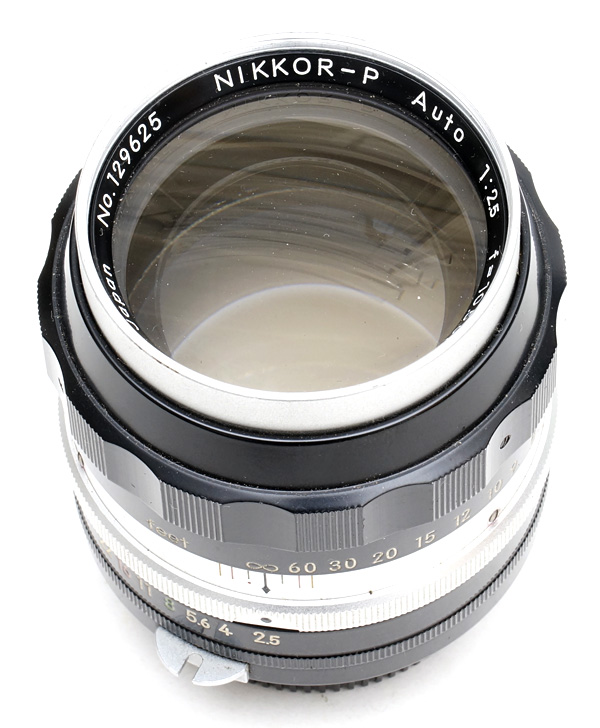
Version 3 has a very slight cosmetic change around 1966. Checking the aperture ring, it is scalloped aperture ring.
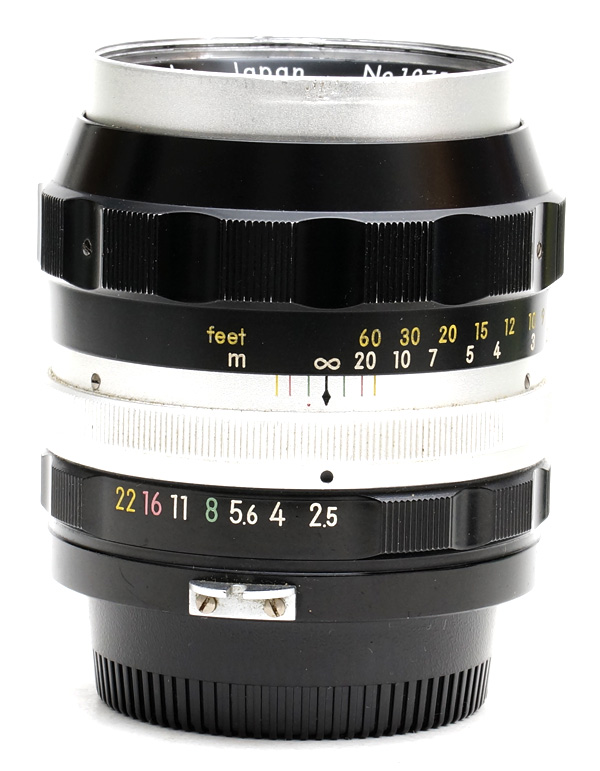
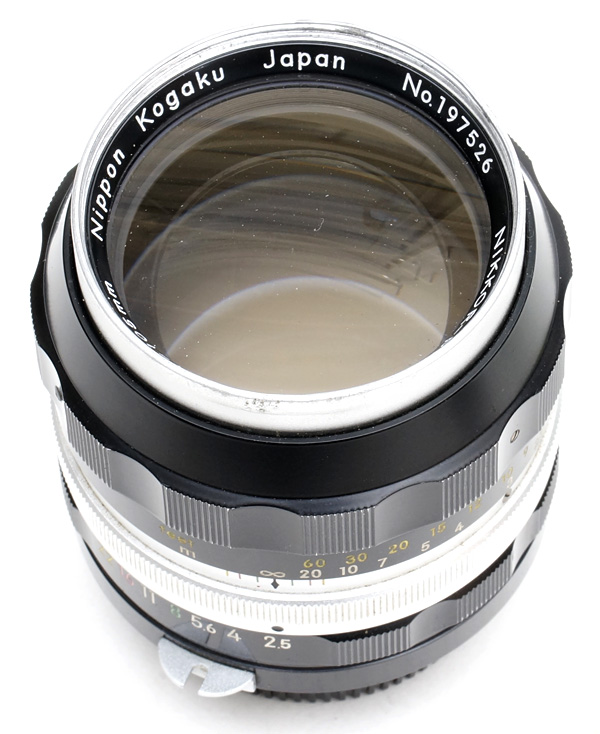
In 1971, Nikon released version 4. The major difference is the wider scalloped focus ring. Additionally, the "nose" becomes black. With this version, the minimum aperture and minimum focus distance were reduced to f/32 and 1m. Previous versions had the minimum aperture and minimum focus distance f/22 and 1.2m
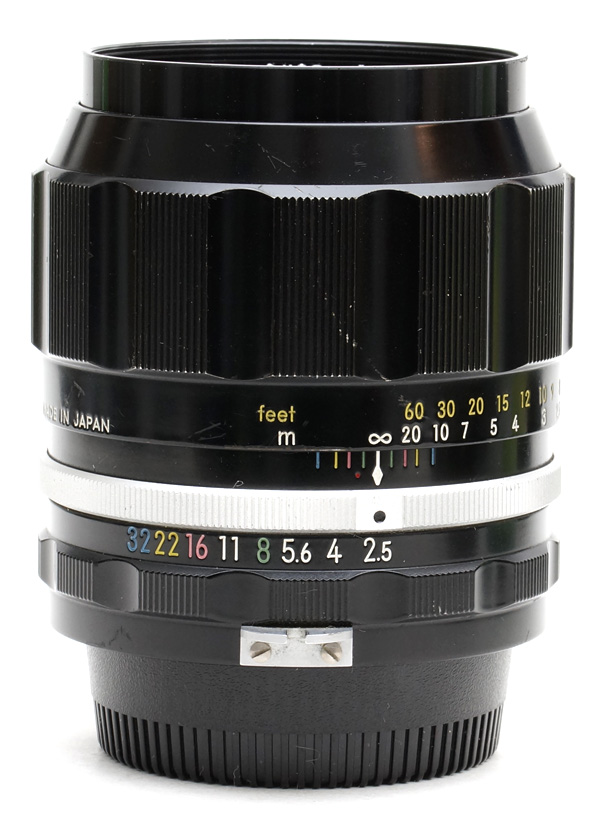
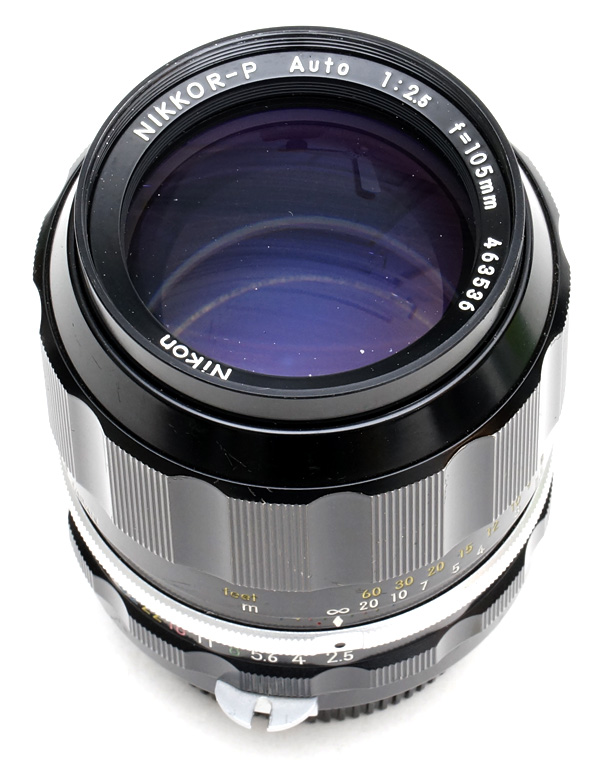
Shortly, in 1973 Nikon announced version 5. It is very similar to version 4, but it is multicoated as indicated by the NIKKOR-P.C marking.
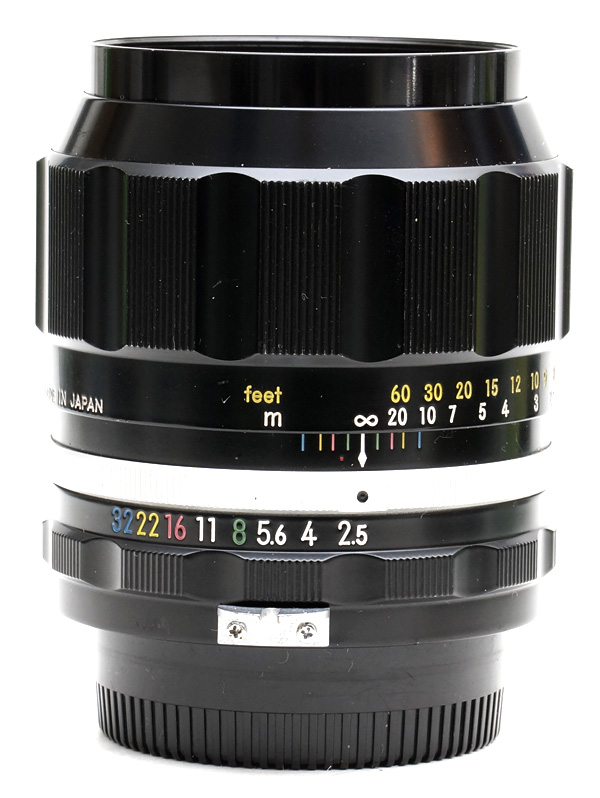
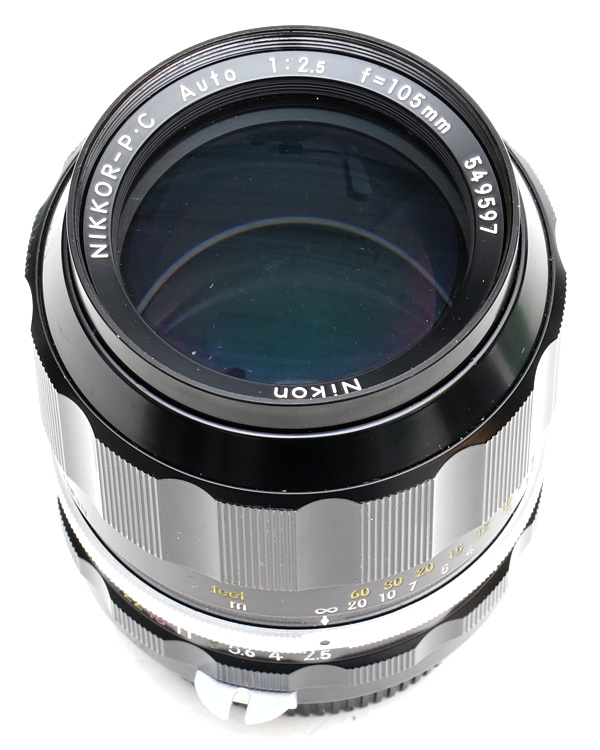
Version 6 was announced in 1974. Nikon changed its optical design from Sonnar to double Gauss. This is the so-called K version. The focus ring uses hard rubber. Also note that the aperture ring is changed to have "diamond" type.
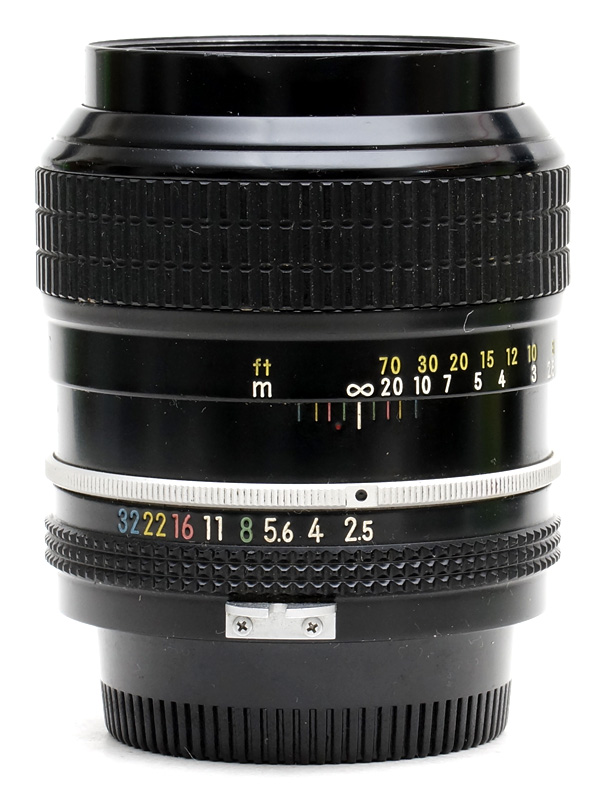
My K version (version 6) was not well-kept due to negligence. Many dusts accumulated on the rear surface of the front glass element. It is very important to note that the rabbit ear is still solid, meaning the K version is still a pre-AI lens. As a result, if you wish to use this lens on a modern Nikon body, you should not buy this version because it DOES NOT have the needed AI coupling as the lens rear is flat without being cut for AI.. On the other hand, if you intend to use this lens adapted, it is fine because all Nikon to Sony or micro 4/3 adapters should take pre-AI lens properly.
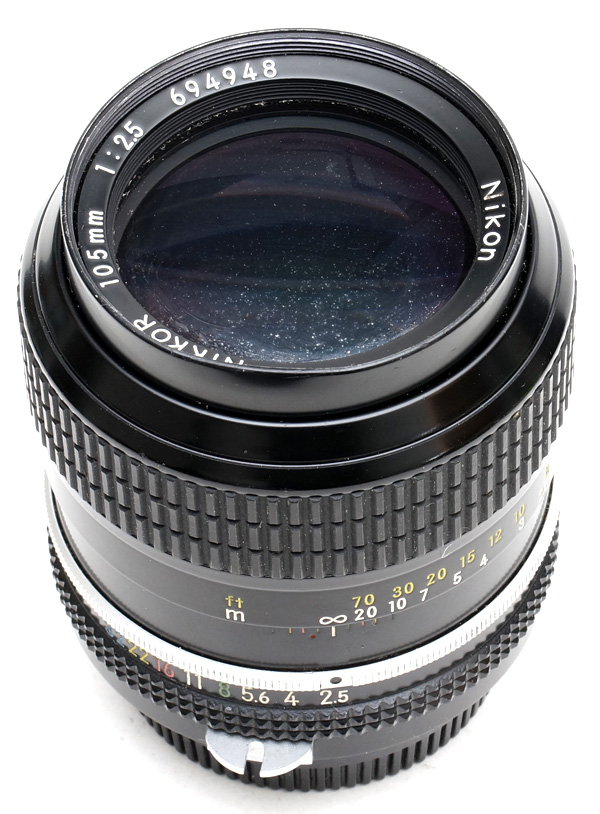
Version 7 is exactly the same as version 6. The only visible difference is the addition of AI coupling on the rear of the lens AND the rabbit ear has two small holes so that they could provide some illumination for the body to easily read off the aperture values shown in small font. Well, there are two rows of aperture numbers, the smaller number is to be read read by the viewfinder of the body.
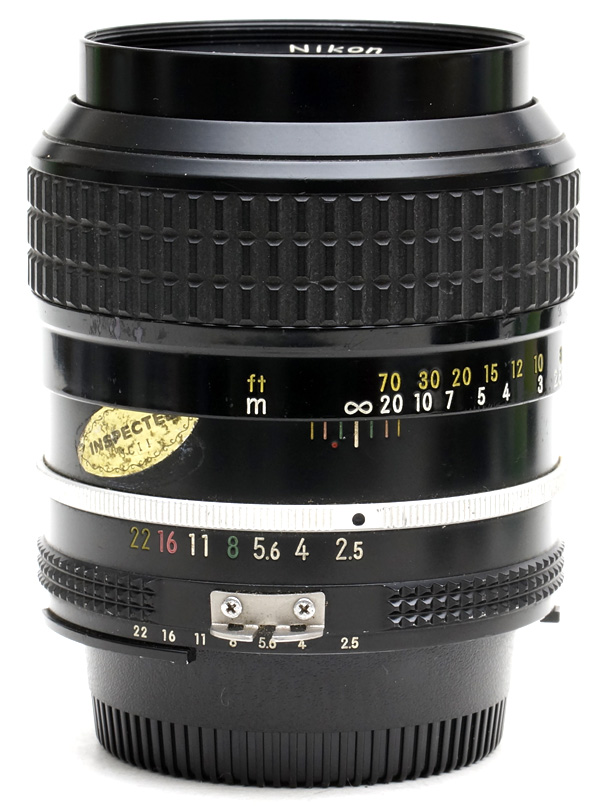
I had used this copy since the early 1980's up until sometime in the late 1980's. Then, this lens was not stored in a dehumidifier, and as a result, fungus started to show in Baltimore's humid weather.
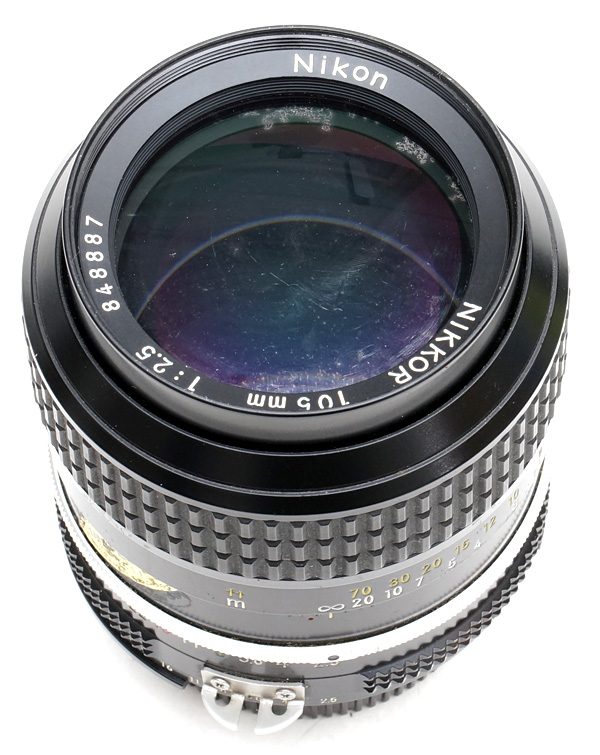
Then came the last version, version 8, of the famous 105/2.5, the AI-S version. This version is slimmer and lighter, and supports AI-S metering. I started using this version. Optically, this version is the same as the AI version. The changes are mainly mechanical to reduce weight and making focusing easier. I personally love this version more than any version else.
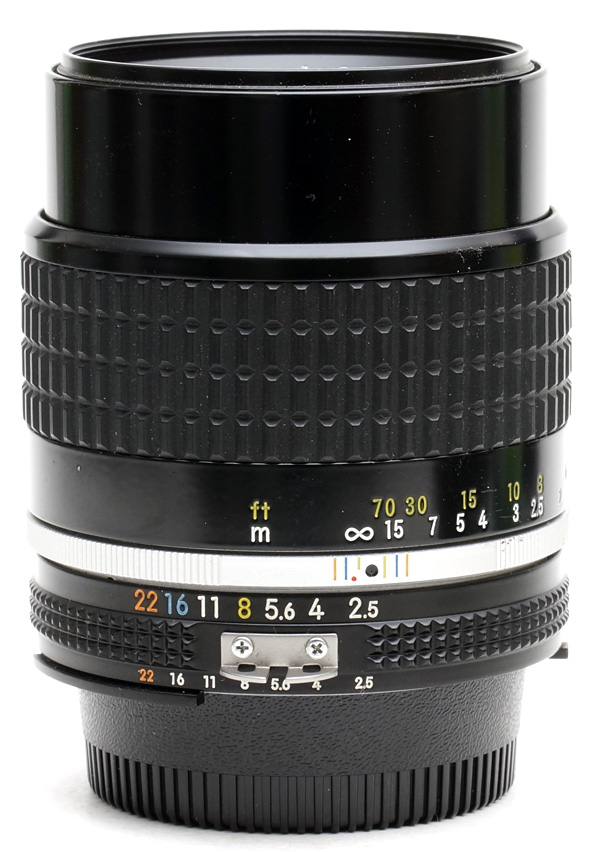
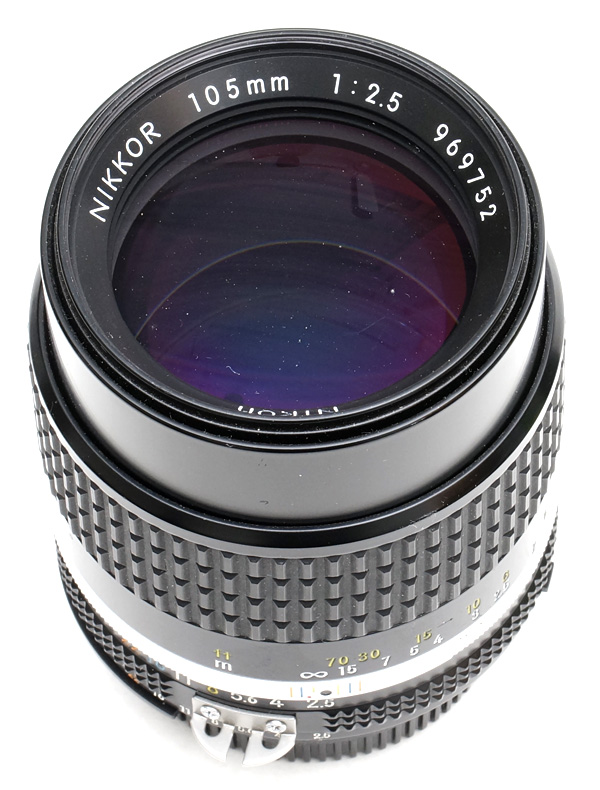
This version 9 was released in 1981. Its maximum aperture is f/1.8, a full one stop faster than the 105mm f/2.5. I remember that I read somewhere that this lens was designed for indoor sports and portrait, This lens is sharp and heavy (580g). Moreover, it can flare easily that cuts contrast, but performed wonderfully when close down to, say, f/4. I personally found out that if the scene has no strong light source, I would not hesitate to use f/1.8. Well, a longer lens hood does help! Some claimed that this lens requires practice to master. I would not agree. The difficulty is to learn to focus properly due to its very shallow DoF. For example, at about 2m, a commonly shooting distance for portrait, the DoF is 0.04m =4cm when using f/1.8. Some other people may also claimed that this lens renders differently from the 105/2.5. After many years of using it, I don't have this experience unless shooting at f/1.8 or f/2. Passing f/2, 105/1.8 and 105/2.5 do not have much differences.
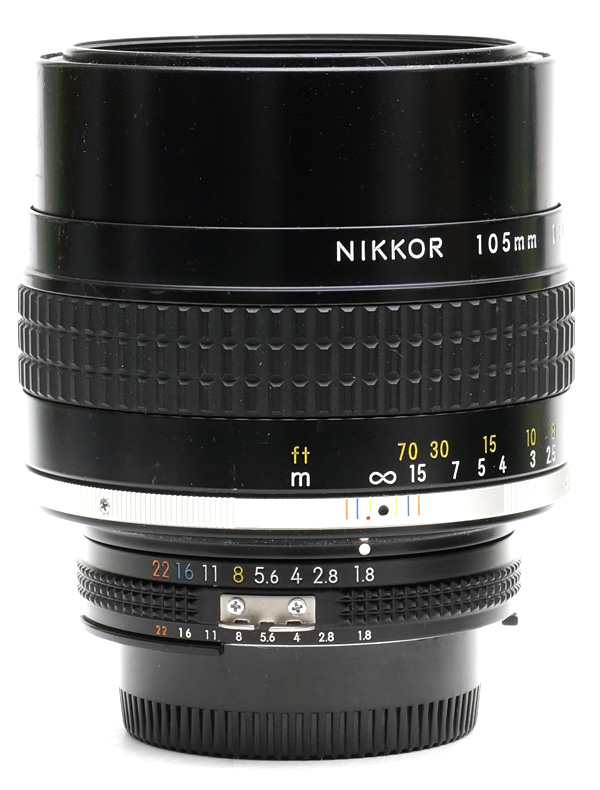
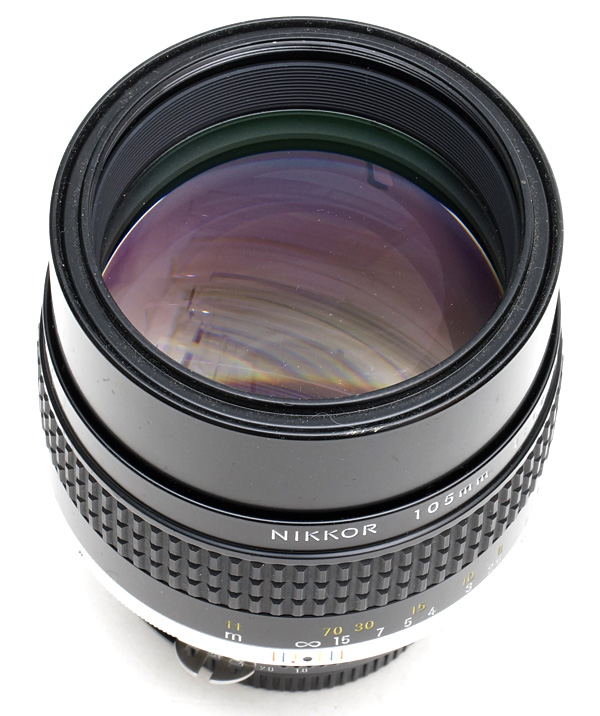
In 1993, more than 10 years after the 105mm f/1.8, Nikon announced version 10 of their great 105mm series. This time, it is AF 105mm f/2 DC, another legendary lens which is sharper than all the previous 105's with defocus control (DC). The photographer can modify the background and foreground (but not at the same time) to smooth out the blur. When the DC control is set to the aperture being used, this lens becomes a soft focus lens that can produce dreamy images. IMO, the foreground control is not very good and creates bad/hallow bokeh. Compared with the new Sony STF 100mm f/2.8, I do like the Nikon 105/2 DC more because the Nikon is sharper and provides me with some control over how the background is rendered although the change can be very subtle. Another reason that i don't like the Sony is that it is a T/5.6 lens, way too slow in insufficient illumination environment.
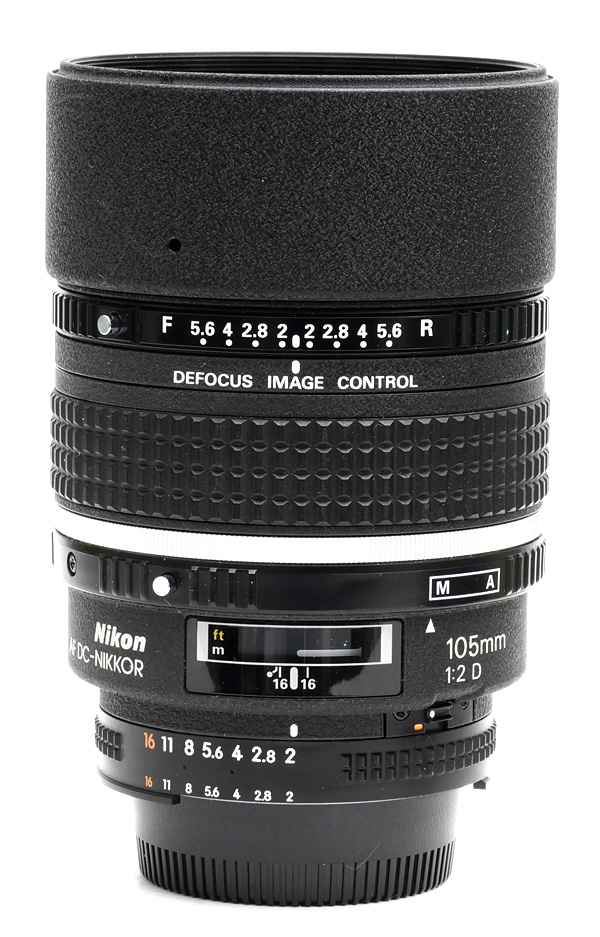
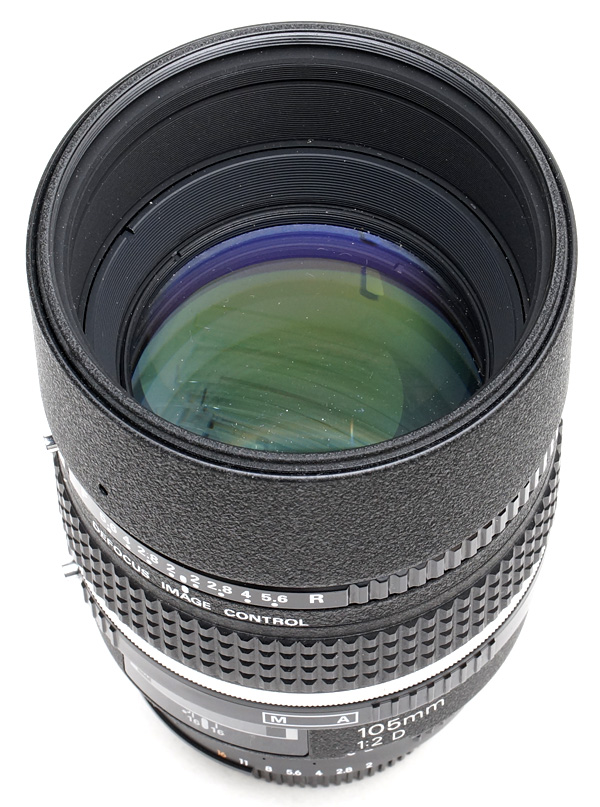
Finally, the last fast 105 lens from Nikon is the Nikon AF-S NIKKOR 105mm f/1.4E ED, announced in 2016 (more than 2 decades after the 105/2 DC). This is a monster, is sharp, and the rendering of background blur is so pleasing. But, it is expensive, big and heavy. I have not tried the Sigma Art 105mm f/1.4, and am not able to comment on it.
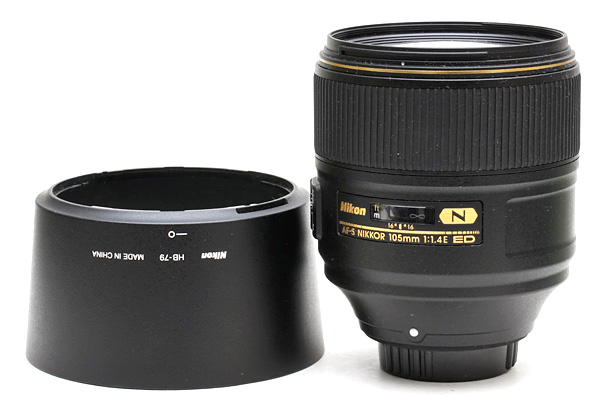
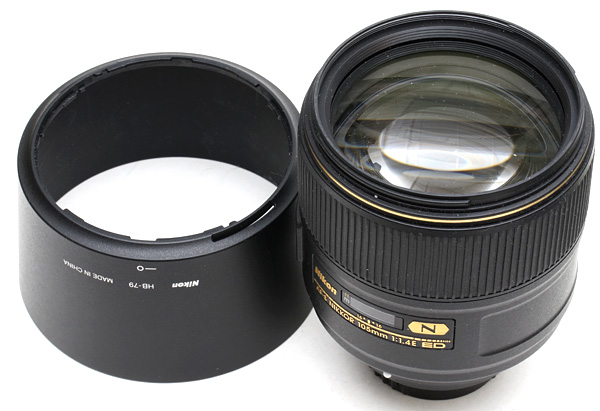
There is a less known Nikon 105mm: Nikkor-T 10.5cm f/4. announced in 1960, right after the Nikon F announcement. This is a light and small lens, perhaps following the foot step of Leica mountain Elmar. Optically OK, but don't expect you will get results as good as those from 105/2.5.
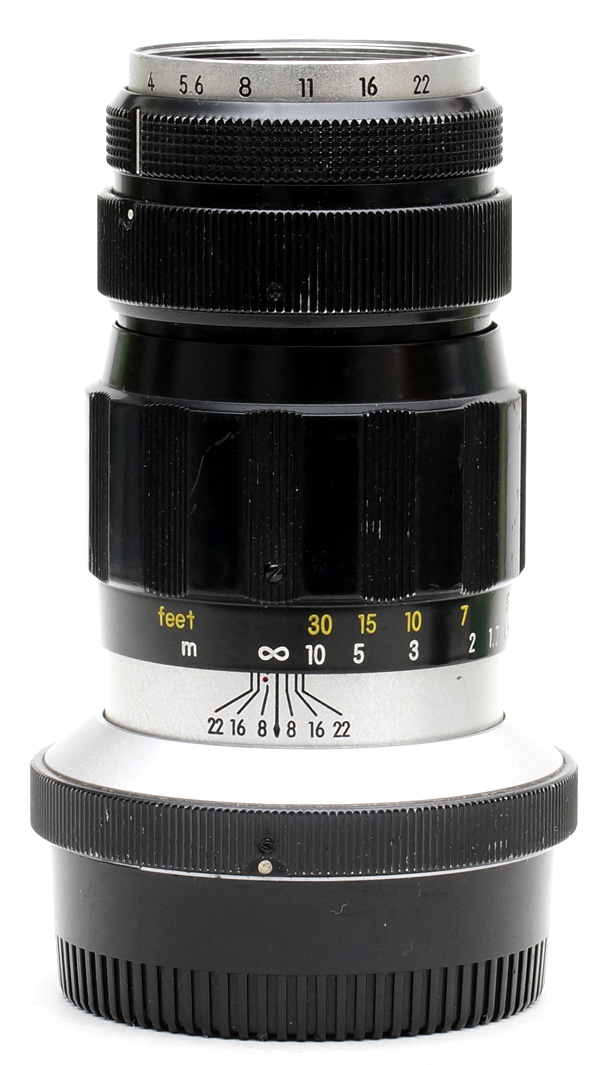
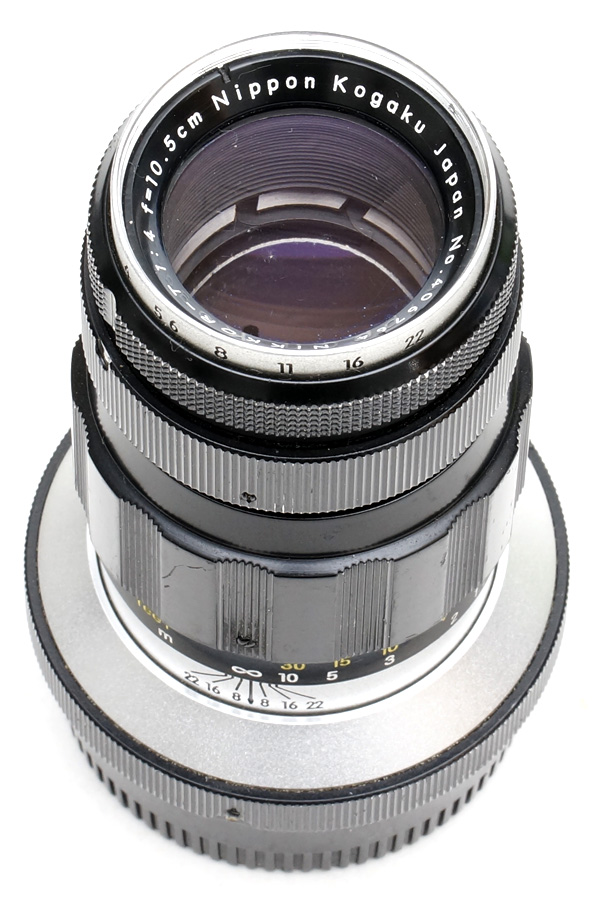
There is also a Bellows Nikkor 105mm f/4 announced in 1970. This lens requires a Nikon bellows to function properly (i.e., focus). I classify this lens as a macro lens and will not include it here. Optically, this is a good lens, but not at the same level as a good 105mm micro Nikkor.
Note that the lenses shown here are all mine and all images were not processed. The classification is also my own. You may see other classifications in many books on Nikon lenses.
Happy shooting!
CK
PS: None of the image captions appear. Moreover, where I can find the centering an image option? I hate this editor which is not friendly to composing long articles. The editor window is only about 1/3 of my screen height (an Apple Studio Display) and the top 2/3 shows the threads.